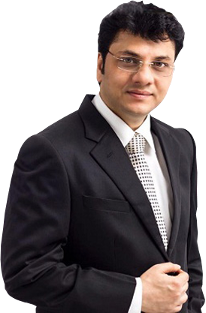What is Acoustic Trauma or Noise Induced Hearing Loss (NIHL)?
Exposure to loud noise can cause damage to hearing temporary or permanent. Acoustic trauma occurs when excessive sound energy strikes inner ear. When we are exposed sounds that are too loud or loud sounds that last a long time.
-
Noise level goes up with celebrations, social gatherings, party, music, rock-concert and fire works, and so does people visiting E.N.T. and audiology clinics with hearing problems or ringing in the ear (tinnitus).
-
Children and teens listening to loud music are also more prone to develop hearing loss later in life.
-
People with occupations involving exposure to noise above 85 decibel over an 8 hour period daily are also at risk. These includes industries like mining, construction, drilling and agriculture, music.
How Noise Causes Hearing Loss?
Types of Ear Protectors
What is Dangerous Level of Noise?
Noise may damage your hearing if you have to shout over background noise to make yourself heard, the noise hurts your ears, it makes your ears ring, or you have difficulty hearing for several hours after exposure to the noise.
|
Approx. Decibel Level |
Example |
|
0 |
Faintest sound heard by human ear. |
|
30 |
Whisper, quiet library |
|
60 |
Normal conversation, sewing machine, typewriter |
|
90 |
Lawnmower, shop tools, truck traffic; 8 hours per day is the maximum exposure to protect 90% of people. |
|
100 |
Chainsaw, pneumatic drill, snowmobile; 2 hours per day is the maximum exposure without protection |
|
115 |
Sandblasting, loud rock concert, auto horn; 15 minutes per day is the maximum exposure without protection. |
|
140 |
Gun muzzle blast, jet engine; noise causes pain and even brief exposure injures unprotected ears. Maximum allowed noise with hearing protectors |
-
Hearing Loss
-
Difficulty inunderstanding in noisy area
-
Sense of fullness the ear
-
Noises, ringing in the ear
-
Earache
-
Bleeding from the ear
-
Dizziness
Our Specialist

Dr. Nitish Jhawar
M.S., FMAS, FIAGES, FALS, FACRSI
Fellow Advance Laparoscopic Surgery
Fellow Colorectal Surgery USA
Senior Laparoscopic & Colorectal Surgeon
Phone No: +91 9322 229 159
Email Id: info@neoalta.com


